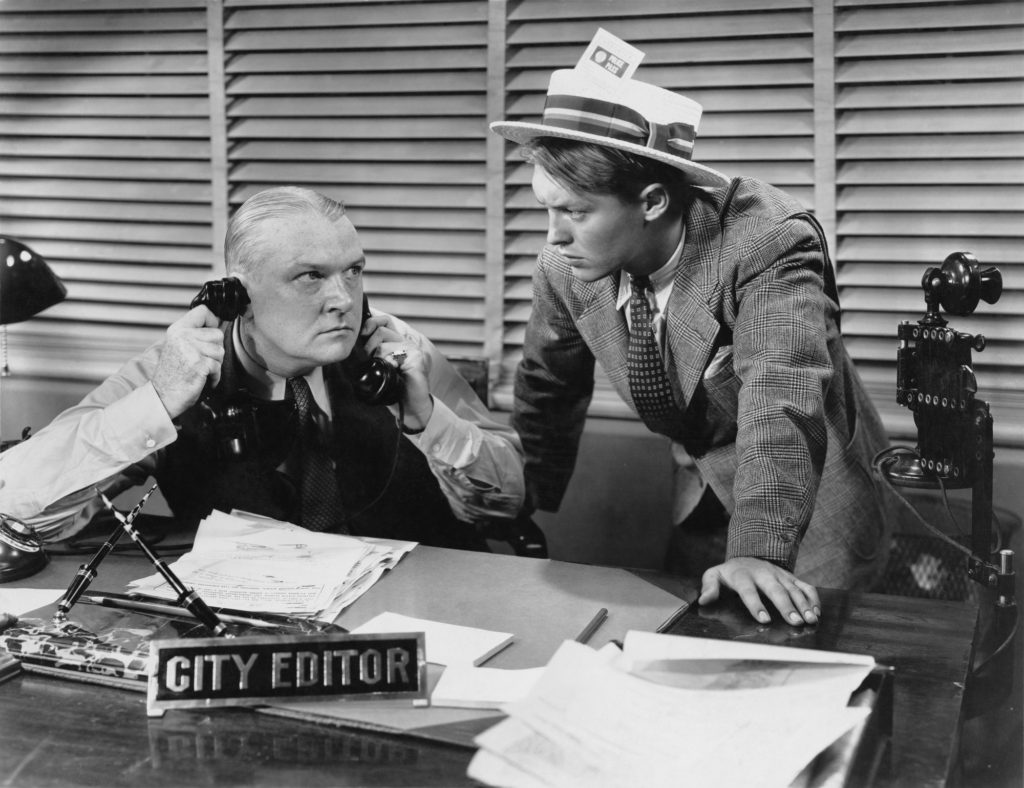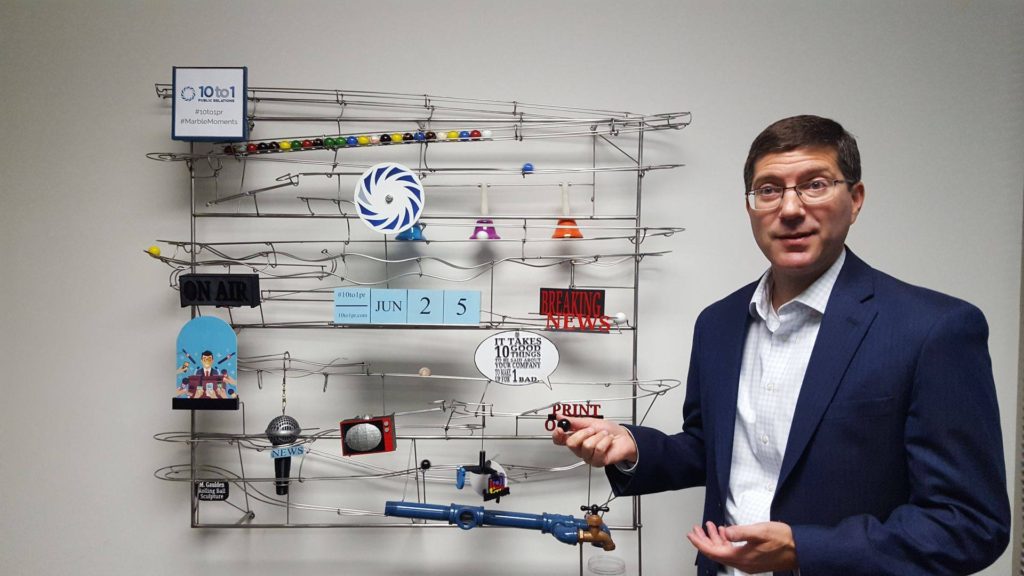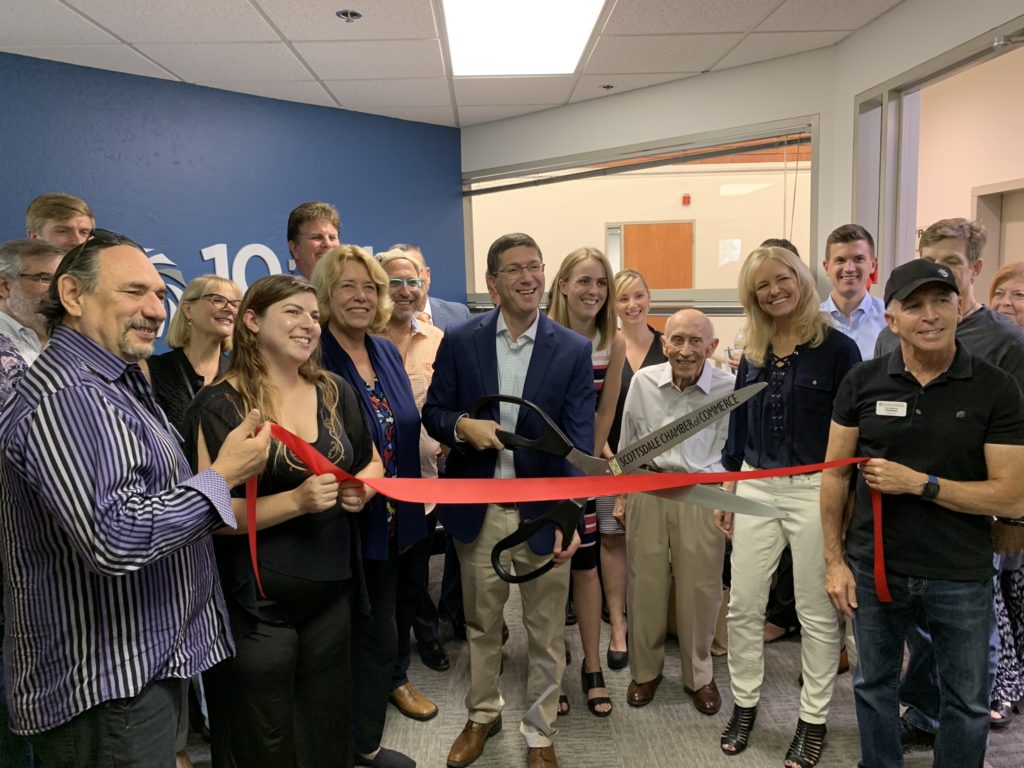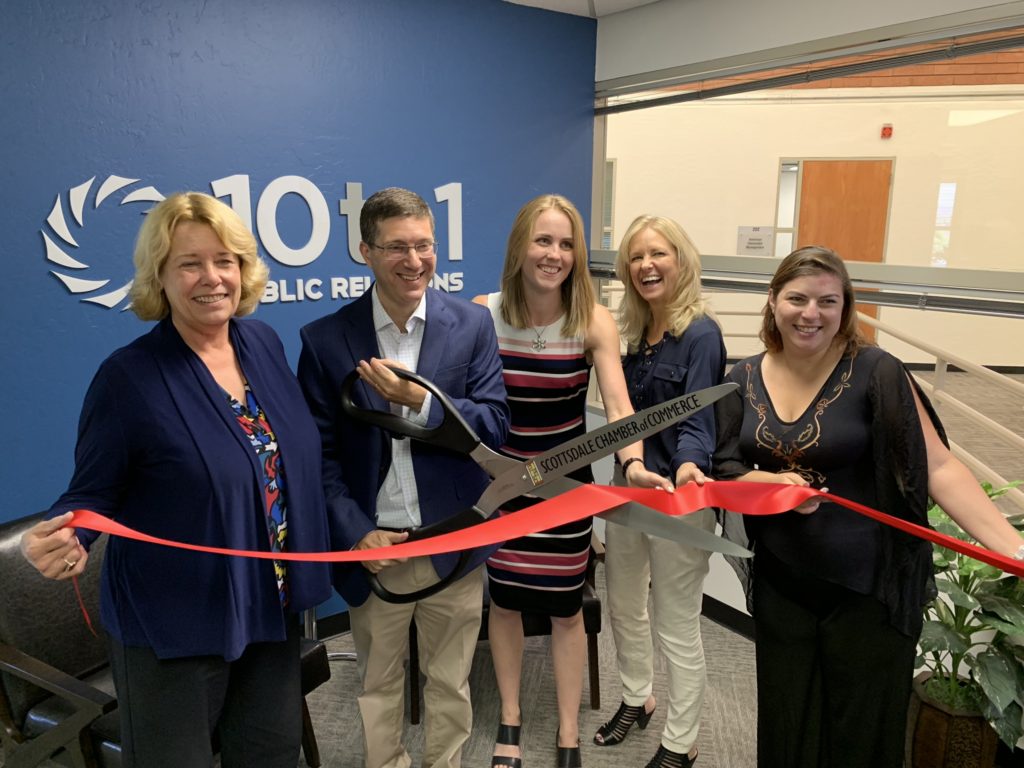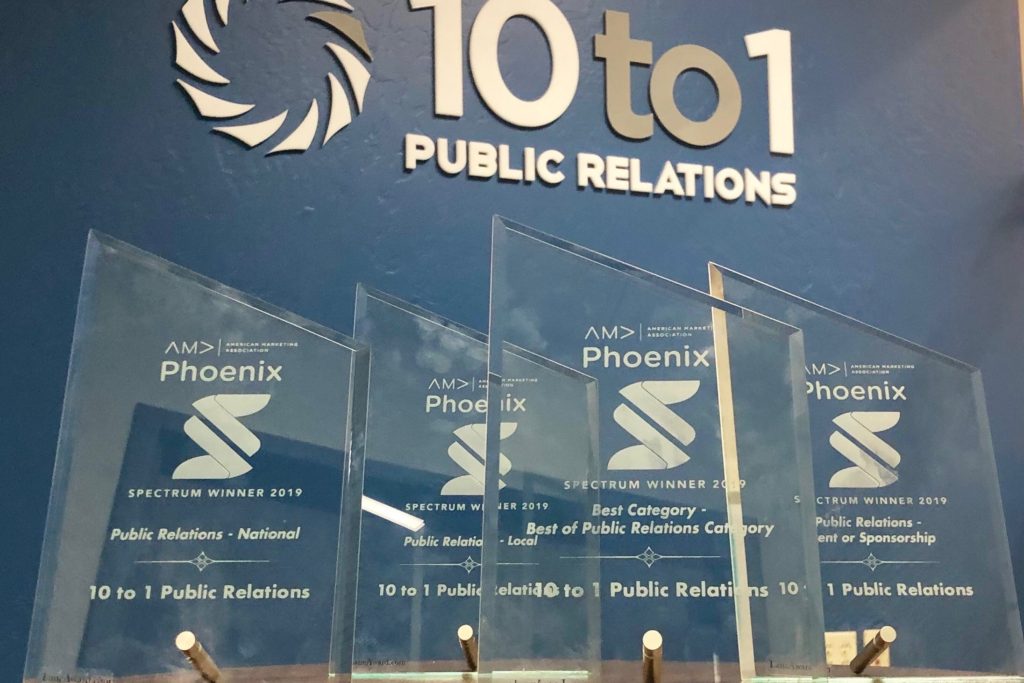Four in 10 parents say they are having more meaningful conversations as a family
SCOTTSDALE, Ariz. (April 15, 2020) — A new normal of family life is emerging in post-coronavirus America, a new survey of parents shows – from more frequent family dinners and movie nights, to jumps in discipline and depression, to one-fifth of American parents reporting buying a gun in the last month.
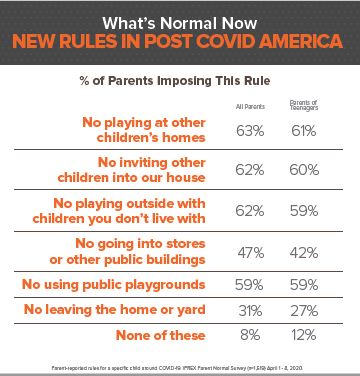
And, not surprisingly, the new normal includes a lot more screen time for everyone. Half the children in the sample got five or more hours of screen time on the preceding Friday, according to their parents, up from 26% on a typical Friday before the pre-coronavirus.
The IPREX Parent Normal survey, fielded between April 1 and 8 by the research and creative firm Marketing for Change Co. for Scottsdale-based 10 to 1 Public Relations and its partners in the IPREX global communication network, asked 1,519 U.S. parents and other caregivers about their behaviors, their children’s behavior and their perception of what other parents do. The findings produced what is perhaps the first statistical portrait of American parenting in the pandemic.
“The survey highlights the real impacts of the COVID crisis on family habits and priorities. While highlighting both American resiliency and challenges, the survey forecasts dramatic long-term changes taking root in the American public as we eventually reach a new normal,” said Josh Weiss, President of 10 to 1 Public Relations. “Early access to this real-time portrait of new behaviors within families and consumers is providing our clients and advantage as we have already begun updating communications strategies to better position and generate results for our clients for the future.”
The survey results show evidence of sadness and fear, but also glimmers of hope. It’s been a tough month: A third of the parents reported someone in their household losing a job as a result of the coronavirus. But while most parents are imposing strict new restrictions on their children’s movements and many report feeling depressed, most are also experiencing a new sense of togetherness and many are outdoors more, exercising more and even recycling more.
It is also a story of two Americas, with job losses less common among the wealthiest families and middle-income parents more likely than lower-income parents to be newly working from home. Wealthy parents (household incomes over $100,000) were the most likely of all to be newly working from home.
Highlights include:
- Nearly two out of three parents are barring their children from playing with children who don’t live with them. Almost a third of parents (31%) have gone so far as to limit their children to their own home and yard.
- Nevertheless, a large share of children — about a third — were still playing the same amount or even more with children outside their home. The biggest factor here is the parent’s parenting style, with authoritative parents — those who jointly make rules with their children — having the most success at this form of distancing.
- In the past three weeks, over three-quarters of parents have told their children over 5 about both washing hands regularly and keeping 6 feet from others to avoid spreading germs.
- Almost two out of three (64%) parents say they are eating and watching entertainment together more as family than before the coronavirus. More than half are also cooking at home together (57%) and playing board games together (52%) more.
- About half the parents (48%) say they are going on walks or runs more often with their family. Four in 10 parents say they are having more meaningful conversations as a family (42%), and roughly the same amount are watching the news together more often (39%).
- But even as two-thirds of parents (65%) spend more time with their children, 57% report spending less time with their friends. Two out of five (38%) say they are feeling down or depressed more often, compared with 17% who say they feel that less often.
- Nearly one out of three parents of children under 13 (30%) say they find themselves disciplining their children more, including adding new rules, being stricter, yelling, imposing time-outs and withholding things. One in four (27%) of those parents are spanking more. Parents in places where schools and daycare centers had more recently closed were more likely to be disciplining more – potentially an indication of the challenges parents face as children initially spend more time at home.
- One out of five parents (22%) reported buying a gun for their home in the past month. The bulk of these same parents (83%) also talked to their children about gun safety in that same period.
- Average screen time since the coronavirus hit has jumped 38%. Last Friday, parents reported their children spent an average of 5.1 hours on screens compared to 3.7 hours on an average Friday before the coronavirus. Teenagers last Friday had an average of 6.2 hours of screen time, which includes gaming, entertainment, academics, social media and other online activities. The good news: 43% of the increase for all ages was in distance learning and academics.
- Parents are also changing their own behavior. While 58% report spending more time on computers and smartphones, 41% of parents are exercising more and 37% are spending more time outdoors.
- Being home can also mean being more environmentally conscious. Roughly one in three parents say they are recycling more (31%) and conserving energy more (33%), and nearly one in four are composting food waste more (24%). But a third are also using more disposable plastics (34%).
- Though most lower-income and middle-income families report giving less or the same amount to charity, 31% of parents with incomes above $100,000 said they were giving more to charities since the coronavirus.
The IPREX Parent Normal Survey was conducted by Marketing for Change Co. April 1 through April 8, 2020, using a sample of 1,519 parents and caregivers nationwide. (Three percent of the sample were grandparents who were the primary caregivers for children in their household; 1% were other caregivers). The online sample aligned with U.S. Census estimates for gender, income, race, ethnicity and region. All online polls are, by definition, non-probability samples that technically cannot have a known margin of error. But online samples, if recruited, managed and selected correctly, can effectively replicate known populations with high levels of accuracy. For this survey, Marketing for Change used the world’s largest first-party data and insights sample source, Dynata’s 60+ million consumer panel. The margin of error for a random probability sample of 1,519 is +/- 3%.
About 10 to 1 Public Relations:
Scottsdale, Arizona-based 10 to 1 Public Relations is a strategic public relations firm focused on developing and implementing strategies that grow and maintain the positive awareness and reputation of its clients. Launched in 2012, 10 to 1 Public Relations’ philosophy is that it takes 10 good things to be said about a company to make up for one bad. Since it’s only a matter of time before a negative comment (true or false) is made, it’s essential to build up a company’s “good will bank” to protect its long-term image and reputation. This philosophy led to the company’s name. It is the only member of the IPREX in the Southwestern U.S. www.10to1pr.com.
About IPREX
As a global network of nearly 70 communication agencies in 26 countries, IPREX agencies deliver successful responses to communication challenges. IPREX offers our partners’ clients seamless world-class advice and implementation – and provides partners with the infrastructure and support they need to win and manage such assignments. Clients choose IPREX partners for their influence in their own markets and because our management systems make the diversity, innovation and dynamism of owner-managed agencies work to their advantage. www.IPREX.com
About Marketing for Change Co.
Marketing for Change is a full-service creative and research firm anchored in social psychology and behavioral economics and focused on doing good. The agency uses its own behavioral-determinants model to develop and produce products, experiences and campaigns to influence behavior for foundations, governments, nonprofits and healthcare companies. M4C’s efforts not only win awards, but are featured in textbooks and reviewed in peer-reviewed journals. The agency’s mission is to make what’s good more fun, easy and popular. www.Marketingforchange.com





